On the morning of July 1, the Tax Department ( Ministry of Finance ) announced decisions on organization and personnel to implement the industry's new organizational model.
The new organizational structure of the tax authority will include 34 provincial and municipal tax units; 350 basic tax units in sync with the 2-level local government organization model. At the central level, the Tax Department will still include 12 departments, offices and equivalent units.
The new apparatus will be operational from July 1, synchronously following the two-level local government organization model.
At the online conference on the morning of July 1, Mr. Mai Xuan Thanh - Director of the Tax Department - stated that the tax sector will continue to seriously, responsibly and effectively perform assigned tasks; ensure the new apparatus operates smoothly and stably, best serving people and businesses.

Director of the Tax Department Mai Xuan Thanh speaks at the conference (Photo: Tax Department).
The workload in the coming time is very large. To fully complete the tasks assigned by the Government and the Ministry of Finance, it requires the participation of all officials, civil servants and employees in the tax sector.
The Director of the Tax Department directed that after this conference, he requested the Heads of units under the Tax Department, the tax chiefs of provinces and cities to quickly concretize the directive contents into action plans, and implement them immediately in the coming time in the spirit of strongly innovating management thinking, evaluating the effectiveness in implementing work, and reporting to the Tax Department any arising problems for timely guidance and resolution.
Previously, from March 1, the General Department of Taxation transformed into the Tax Department, operating under a 3-level model, including 12 central departments, offices and equivalents, 20 regional tax branches and 350 district-level tax teams.
However, according to the Ministry of Finance, the regional tax branch model has created many difficulties in operations and personnel management. For example, after being arranged according to regional or inter-district areas, the tax authority manages a large, dispersed area, with areas of over 30,000-40,000 square kilometers, and the distance from the farthest place to the headquarters of most areas is over 100 kilometers.
The workload of regional tax authorities has also increased 3-4 times compared to before. Therefore, in areas where there is no headquarters, it is difficult to advise and coordinate with local authorities in managing and implementing measures to prevent tax losses.
Source: https://dantri.com.vn/kinh-doanh/chinh-thuc-thanh-lap-34-don-vi-thue-tinh-thanh-pho-sau-sap-nhap-20250701143744541.htm








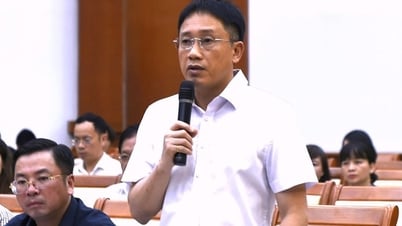

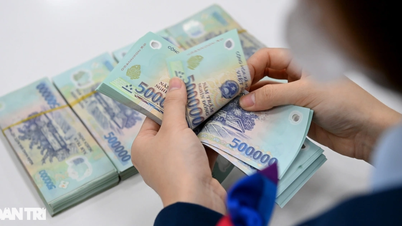









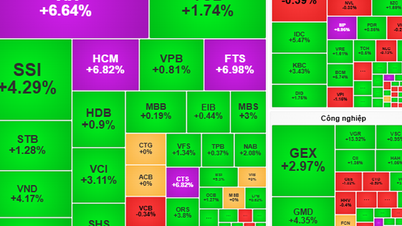



































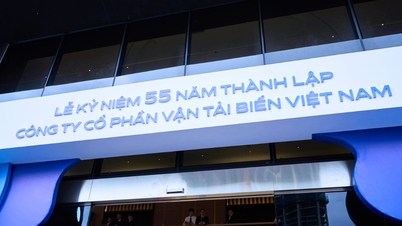










![[Photo] General Secretary To Lam attends the launch of 3 digital platforms serving the implementation of Resolution No. 57-NQ/TW](https://vphoto.vietnam.vn/thumb/402x226/vietnam/resource/IMAGE/2025/7/2/d7fb7a42b2c74ffbb1da1124c24d41d3)


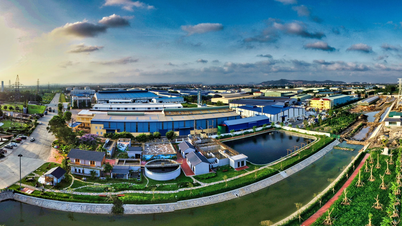




















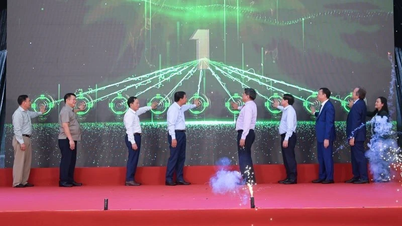













Comment (0)